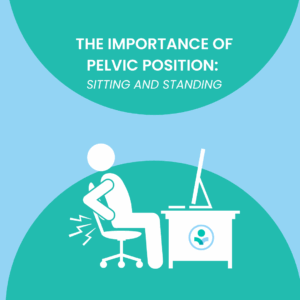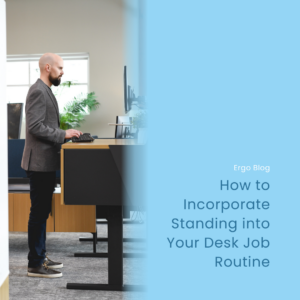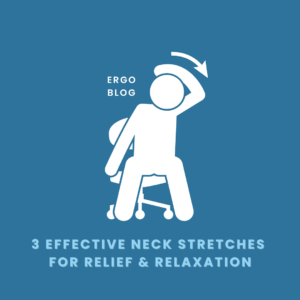Updated: Feb 29, 2024
The Great Debate: Sitting vs. Standing at Work – Finding the Balance for a Healthier You
With the majority of jobs involving spending long hours in front of a computer, the age-old question persists: should I sit or stand at work? The debate over the ideal work posture has gained significant attention in recent years, as individuals seek ways to enhance their health and well-being amidst the demands of a sedentary work lifestyle. In this blog post, we’ll explore the pros and cons of sitting and standing at work, and discuss how finding the right balance can contribute to a healthier and more productive you.
The Sitting Conundrum:
Sitting for prolonged periods has long been associated with a myriad of health issues. From increased risk of cardiovascular disease to musculoskeletal problems, the sedentary nature of desk jobs has been a cause for concern. Sitting for extended hours can lead to poor posture, back pain, and stiffness, affecting both physical and mental well-being. However, the comfort and familiarity of sitting cannot be ignored, making it a challenging habit to break.
The Rise of Standing Desks:
Enter the standing desk – a revolutionary solution aimed at mitigating the adverse effects of prolonged sitting. Advocates argue that standing while working promotes better posture, reduces the risk of certain health issues, and increases overall energy levels. Standing also engages more muscle groups, potentially aiding in weight management and reducing the likelihood of developing chronic conditions associated with sedentary behavior.
The Pitfalls of Standing:
While standing desks offer numerous benefits, it’s essential to acknowledge that standing for too long can also lead to its own set of problems. Issues such as leg and foot discomfort, varicose veins, and increased pressure on the spine can arise if proper ergonomics are not considered. Additionally, the transition to standing for long durations may not be suitable for everyone, as it can exacerbate existing health conditions.
Finding the Middle Ground:
Rather than viewing the sit-stand debate as an either-or scenario, many health experts recommend finding a middle ground that combines the best of both worlds. Implementing a sit-stand workstation allows individuals to alternate between sitting and standing throughout the day. This dynamic approach not only helps alleviate the negative effects of prolonged sitting but also prevents the potential drawbacks of standing for too long.
Tips for a Balanced Workday:
- Invest in Ergonomic Furniture: Whether sitting or standing, invest in ergonomic furniture that supports good posture and reduces strain on the body.
- Take Regular Breaks: Regardless of your chosen position, make it a habit to take short breaks. Stretching, walking, or simple exercises can go a long way in preventing stiffness and promoting circulation. Aim for getting up and moving at least once per hour, ideally once every half hour.
- Listen to Your Body: Pay attention to how your body responds to different positions. If you feel discomfort or fatigue, it may be time to switch things up.
- Mix It Up: Don’t limit yourself to one position all day. Alternate between sitting and standing to keep your body engaged and prevent overuse of specific muscle groups.
The sit-stand debate ultimately boils down to personal preference, health considerations, and job requirements. Rather than adhering strictly to one camp, individuals should focus on creating a work environment that promotes movement and flexibility. By finding the right balance between sitting and standing, you can cultivate a healthier and more sustainable approach to your work life, contributing to both your physical well-being and overall productivity.
Check out our YouTube video below for a visual representation of the blog!



